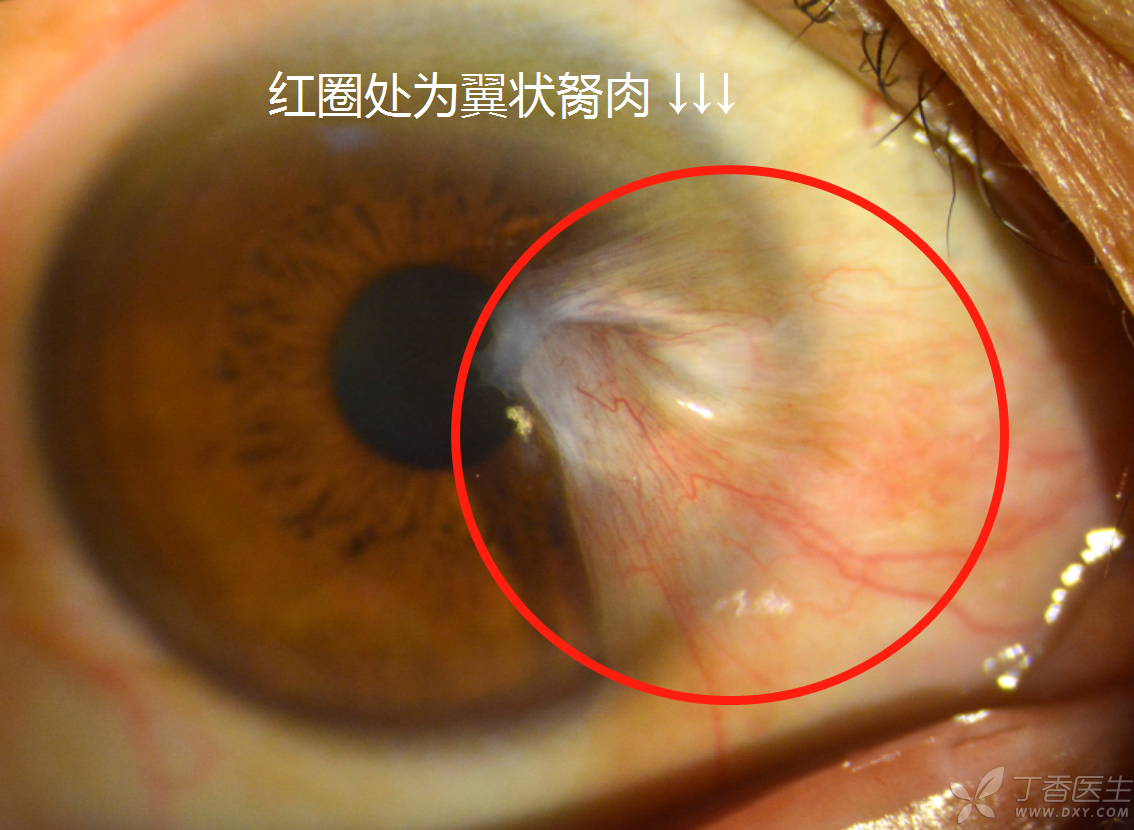
Sunscreen, sunscreen clothing, sunshade umbrella, sunshade hat… Every time you go out in summer, you must be fully armed.
However, there is a particularly vulnerable part that has been exposed to ultraviolet rays for a long time, but few people consider its feelings.
It is-eyes.
The damage to the skin caused by ultraviolet rays is widely known, but the damage to the eyes is rarely known, because the damage is more hidden and insidious. Ultraviolet rays can directly shine into the eyes and damage the retina, but it cannot be seen on the surface.

There is an extreme example: the kindergarten forgot to turn off the ultraviolet germicidal lamp, and many children’s eyes were burned by ultraviolet rays, swollen and tearful, and could not be opened in pain.

Looking at it makes people feel distressed.
This kind of injury is called [electro-optic ophthalmia], and when the eyes are exposed to ultraviolet rays for a long time and in large doses, they will be hit.
Welding or forgetting to wear protective goggles when going to snowy mountains is also the inducing reason.
These high-intensity ultraviolet rays are rare in life. More often than not, ultraviolet rays bring long-term and slow injuries to eyes, which are difficult to detect at first and will become more and more obvious over time.
3 common eye diseases related to ultraviolet rays
Walking in the sun at ordinary times, although ultraviolet rays are much weaker than ultraviolet lamps and welding, it is still easy to hurt eyes.
1. Cataracts
Cataract refers to the crystal-clear lens, which slowly becomes turbid for various reasons.
Senile cataracts are the most common and are closely related to ultraviolet rays. In areas with strong sunshine, cataracts are more common and older.
According to statistics, the probability of senile cataract in people aged ≥ 50 in southern China is about 30%, and that in non-southern China is about 20%.
Of course, ultraviolet rays are not the only pathogenic factor. Even if they are not exposed to ultraviolet rays, the lens will become turbid, but the symptoms may be lighter and occur later.
2. Pterygium pterygium (n) meat
The name is a bit difficult to pronounce. It refers to a piece of flesh like wings growing on the eyes. When it grows into the middle of the black eyes and blocks the light, people cannot see it.
The stronger the ultraviolet rays, the higher the incidence of pterygium.
According to statistics, under similar conditions, the incidence rates of pterygium in Xinjiang, Tibet and other plateau areas in China are 12% and 27.2%, while the incidence rates in Hebei and Shandong are about 7.1% and 10.5%.
What does pterygium look like?
▼
Forward
Fang
High
Can
Pre-
Police

Pterygium is caused by long-term ultraviolet radiation damage to cornea and conjunctiva, resulting in dysfunction. Conjunctival tissue grows into cornea, forming [pterygium], commonly known as [climbing eyes].
Once pterygium is formed, it is likely to grow up all the time. After surgery for larger pterygium, vision will be difficult to return to normal.
3. Macular retinopathy
The retina also absorbs ultraviolet rays, especially the macular region, the central part that receives light.
Studies have shown that both ultraviolet and visible light can promote the occurrence of age-related macular degeneration and other macular diseases.
If you don’t pay attention to protecting your eyes, you will really be [dim-eyed] when you get older, and you can no longer play mobile phone plays and watch variety shows.
If you want to block ultraviolet rays, you only need one move-
Choose sunglasses and wear them

1. Not all sunglasses work
Wearing sunglasses can effectively block ultraviolet rays, but not all sunglasses are effective. To buy sunglasses, one must first identify regular merchants and then pay attention to UV parameters.
It is recommended to use UV 400 sunglasses, which can 100% protect against ultraviolet rays and have the best sunscreen effect. It is a good product to choose and buy.
Such as this kind of identification
▼

Some sunglasses look fashionable and fashionable, but they have neither sunscreen parameters nor reliable products. Don’t buy these sunglasses, but you can’t do experiments with your own eyes.
2. Do not wear them in these situations
Although ultraviolet rays are harmful, there is no need to turn pale at the mention of [purple]. You do not need to wear sunglasses when ultraviolet rays are less.
How do you judge the amount of ultraviolet rays? The best way is to look at the ultraviolet index. If the index is > 2, you will have to protect yourself from the sun.
Many mobile phone weather forecasts have
Don’t forget to look before you go out
▼

Also, you really don’t need to wear sunglasses indoors and at night. Don’t laugh, someone really asks… … …
3. Sunshade cannot replace sunglasses
You should also wear sunglasses when you hit a sunshade, because the sunshade can only cover ultraviolet rays in certain directions, and those reflected from the ground cannot be stopped.
Finally, I would like to remind you that ordinary glasses cannot block all ultraviolet rays. If you are short-sighted, you can have sunglasses of different degrees.
Some people think it is a bit troublesome to switch glasses and sunglasses back and forth. In fact, every time we go out, we have to put on sunscreen, wear sunscreen clothing and take sunshades with us… It takes less than a few seconds to bring a pair of small sunglasses.
The eyes are overworked every day. Only by loving them can we see more beauty.
Choose a good pair of curtains for the window of your heart.
